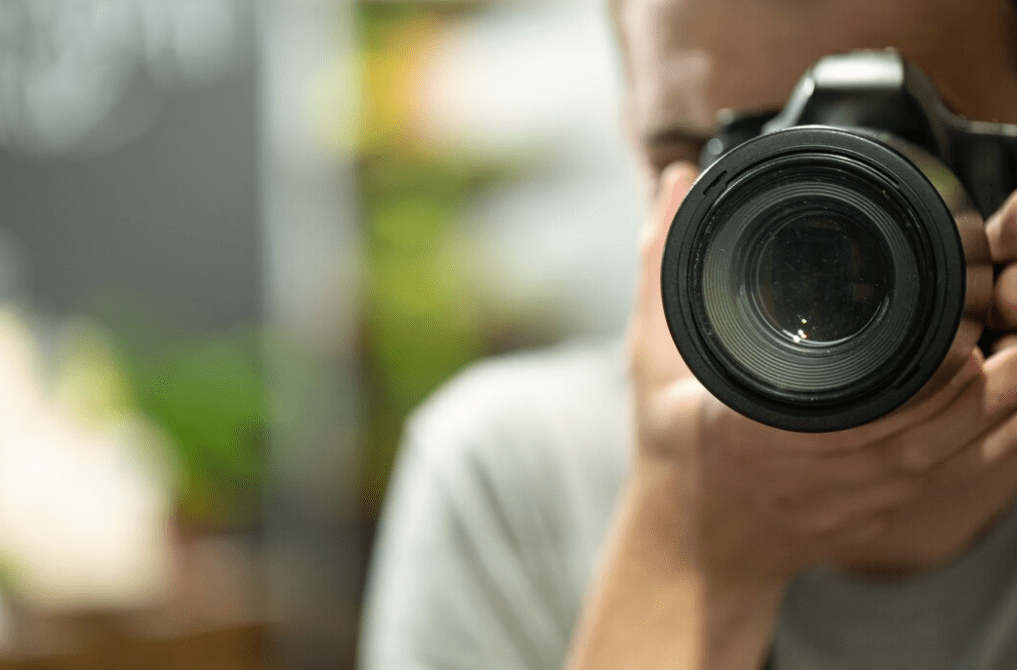Photographers are constantly against one unique challenge: not only must they capture stunning images, but they also need to make sure potential clients easily find their work. A photographer might have an incredible portfolio yet struggle to attract clients because their online presence is not prominent in search engine results. This scenario happens more often than anticipated and is often linked to one key factor: SEO.
For photographers aiming to stand out, attract more clients, and expand their business, implementing effective Search Engine Optimization (SEO) techniques is the right thing to do. Whether you’re a wedding photographer looking to connect with local brides-to-be or a nature photographer aiming to sell prints online, mastering SEO can significantly boost your visibility. This guide will walk you through the basics, offer creative strategies, and help you raise the profile of your work online.
Table of Contents
Understanding the Basics of SEO for Photographers
Search Engine Optimization (SEO) may appear complicated, but at its core, it’s about improving your website and content to make them more appealing to search engines like Google. SEO plays a very important role in deciding if your site ranks on the first page of search results or gets overshadowed by competitors.
For photographers, SEO involves optimizing both your website and your content, making sure search engines understand what your site is about and that it’s relevant to what people are searching for. Effective SEO increases your site’s ranking, attracting more visitors—and potential clients.
Why SEO Matters for Photographers
SEO for photographers can determine whether a photography business thrives or struggles to attract clients. Good SEO drives organic traffic to your website—people who find you because they were searching for exactly what you offer. It is easy to make mistakes in SEO, so keep your eyes open wide.
SEO also helps build credibility. A higher search ranking signals to potential clients that your website is trustworthy and relevant.

Optimizing Your Photography Website for Search Engines
Imagine stepping into an art gallery where the photos are scattered across the walls in a chaotic manner, lacking any clear theme or organization. You’d probably feel lost and overwhelmed, unsure of where to start or what to focus on. The same concept is relevant to the design of your website.
An effectively designed website featuring a clear and user-friendly layout enhances both the visitor experience and search engine performance. It should provide straightforward navigation and a seamless flow between pages. For example, your portfolio might be divided into categories such as “Weddings,” “Portraits,” and “Landscapes,” each with its own subcategories. This organization enables both visitors and search engines to grasp the purpose and content of your site.
Mobile Optimization
This organization enables both visitors and search engines to grasp the purpose and content of your site. To make sure your images and content look great across all devices—desktops, tablets, and smartphones—your website must be mobile-friendly.
Google and other search engines prefer sites optimized for mobile use, so a non-mobile-friendly site could miss out on valuable traffic. Checking your website across various devices is key to making sure it adapts well and performs quickly. A potential client might be browsing your portfolio on their phone during a lunch break, and you want to capture their attention, no matter where they are.
Keyword Research: Finding the Right Terms for Your Niche
Having a clear picture of your audience is important before you start keyword research. Consider the following:
- Who are they?
- What kind of information or services are they seeking?
- Are they couples recently engaged and in search of a wedding photographer?
- Are they parents in need of family portrait sessions?
Or are they art lovers looking to buy fine art prints? Developing a “client persona” can help with this process. This persona represents your ideal client and includes:
- Demographic details
- Interests
- Search habits
Knowing your target audience enables you to adjust your SEO strategy to more effectively address their needs.

Long-Tail Keywords
In SEO, not all keywords have the same value. While it might be tempting to target broad terms like “photographer” or “wedding photography,” these keywords and search phrases are highly competitive and difficult to rank for. Instead, concentrate on long-tail keywords—detailed phrases that are more targeted and face less competition.
For example, instead of targeting “landscape photographer,” you might target “sunset landscape photographer in [Your City].” Long-tail keywords might attract less traffic overall, but the traffic they do attract is more likely to convert into clients because it’s highly relevant to what you’re offering.
Tools and Tips
Keyword research tools like Google Keyword Planner, Ubersuggest, and Ahrefs are valuable for finding the right keywords for your niche. They allow you to evaluate the search frequency and competition level of different terms. These tools help you assess the search frequency and competition level of various terms. Start by brainstorming a list of potential keywords based on your services and location, then use these tools to refine and expand your list.
Keyword research is not a one-time task. As your business evolves and trends change, revisit your keywords to confirm they’re still relevant and effective.
Crafting SEO-Friendly Content for Photographers
Blogging effectively improves SEO for photographers and helps you connect with your audience. Regularly updating your site with fresh and relevant content shows search engines that your site is active and offers valuable information. Blogging also allows you to showcase your expertise, share your passion, and engage with your audience on a deeper level. For example, you could write blog posts about:
- The best locations for engagement photos in your city
- Tips for posing clients
- Behind-the-scenes stories from recent shoots
These posts provide valuable information to potential clients and give you the chance to naturally incorporate keywords, improving your SEO. Consider the case of a wedding photographer who began blogging about her experiences, tips for wedding day planning, and recent wedding highlights. Her blog posts eventually ranked well in search results, driving more traffic to her site and leading to increased client inquiries.
Alt Text for Images
For photographers, images are the core of your website. Because search engines can’t view images as humans do, they use alt text to comprehend the content of your images. Alt text is a brief, explanatory tag embedded in an image’s HTML code. This text helps search engines index your images and allows screen readers to describe them to users with visual impairments.
Writing effective alt text involves being descriptive without being overly complex. For example, instead of simply writing “bride and groom,” you might write “bride and groom walking down the aisle at a sunset beach wedding.” This approach benefits SEO for photographers and enhances accessibility for all users.

Title tags and meta descriptions are important factors in SEO. The title tag serves as the main headline in search engine results, while the meta description offers a brief summary of the page’s content. Together, they offer potential visitors a glimpse of what to expect from your page.
Creating these elements is a skill in its own right. Your title tag should be brief, feature your main keyword, and be compelling enough to encourage users to click. Your meta description should offer a concise and compelling overview of the page’s content, enticing users to explore further.
Building Backlinks
Backlinks, or links from other websites to yours, are quite important for SEO. They serve as endorsements, indicating to search engines that your site is reliable and holds authority. But building backlinks doesn’t have to be a tedious process. For photographers, it can be as creative as the work you do.
One strategy is to network with other creatives in your community. Collaborate with wedding planners, event coordinators, or art galleries, and ask if they’ll link to your site in exchange for photos of their events or exhibitions. These partnerships can lead to valuable backlinks while also strengthening your connections within the industry.
Guest Blogging
Guest blogging is another effective method for acquiring backlinks. Reach out to photography blogs, art magazines, or local lifestyle websites and offer to write a guest post. In return, you’ll need to add a link to your website either in your author bio or within the content.
Guest blogging not only helps with SEO but also positions you as an expert in your field, exposing your work to a broader audience and driving more traffic to your site.
Although social media signals (likes, shares, comments) don’t directly impact SEO rankings, they can still be a valuable part of your overall strategy. Social media platforms are where potential clients discover your work, and the more your content is shared, the more traffic you’ll drive to your website.
Social media can serve as a funnel. A stunning image on Instagram or an insightful tweet might lead someone to click through to your website, where they can explore your portfolio, read your blog, and ultimately reach out for your services.
Visual Platforms
For photographers, visual platforms like Instagram and Pinterest are highly effective. They allow you to showcase your portfolio, build a following, and drive traffic to your website. Use hashtags strategically to increase the visibility of your posts and participate in relevant photography communities to build your online presence.
Cross-Promotion
Connecting your website content with your social media activities helps create a smooth experience for your audience. Share an eye-catching image from the post, add a brief description, and include a link to the full article. This strategy not only attracts more visitors to your site but also helps to build a stronger brand presence across various platforms.
Conclusion
Doing SEO might seem like a daunting task, but for photographers, it’s a powerful tool that can elevate your work and help you get discovered by the right audience. By optimizing your website, crafting SEO-friendly content, taking advantage of local SEO, and building backlinks, you’ll be well on your way to attracting more clients and growing your photography business.
So, what are you waiting for? Start optimizing your site today, and watch as your work begins to shine in the digital spotlight.